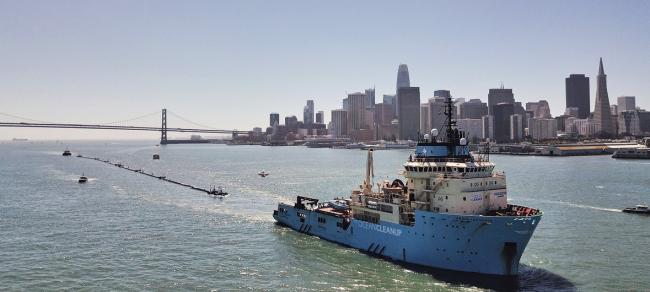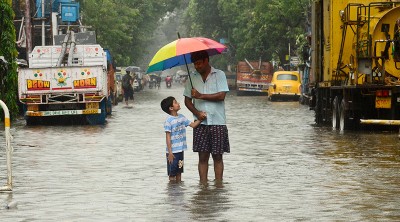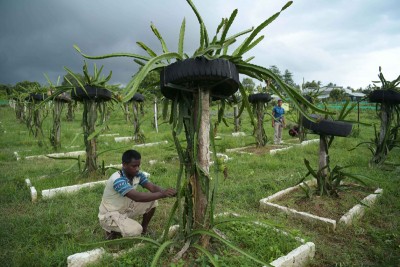
‘Great Pacific Garbage Patch’ clean-up project launches trial run: UN Environment
New York, Sept 11 (IBNS): A trial run of an innovative system designed to clean up the world’s seas and oceans, founded by UN Environment Programme (UNEP) “Champion of the Earth” laureate Boyan Slat, has set off from San Francisco, in a bid to begin the removal of the so-called Great Pacific Garbage Patch.
This huge mass of marine debris, situated in the North Pacific Ocean, halfway between the Californian coast and Hawaii, is estimated by Mr. Slat’s Ocean Cleanup organization to measure 1.6 million square kilometres – 3 times the size of France – and contain 1.8 trillion pieces of plastic. That amounts to 250 pieces for every person on the planet.
The long-awaited launch of the first deployable model of the marine litter collection system, named “System 001”, took place on Saturday at the Golden Gate Bridge, following four years of research and adjustments.
It consists of a 600-meter-long floater that sits at the surface of the water, and a tapered 3-meter-deep skirt attached below.
The system is carried by the ocean’s currents and waves, passively catching plastic debris along the way.
Ocean Cleanup’s research indicates that a scaled-up fleet of 60 such systems could eventually clean up 50 per cent of the patch in the next five years.
The trials are taking place 240 nautical miles into the Pacific Ocean. Once they are completed, the devices will be sent the remaining 1,000 nautical miles out to the Great Pacific Garbage Patch.
Slat, founded Ocean Cleanup when he was just 18, and he was named a “Champion of the Earth” by UN Environment the following year, in recognition of his quest to find a solution to the ever-growing global problem of plastic debris in our oceans.
Champions of the Earth is the UN’s highest environmental honour, celebrating outstanding figures from the public and private sectors and from civil society whose actions have had a transformative positive impact on the environment.
Every year, at least 8 million tonnes of plastic leaks into our oceans. Besides washing up on our beaches and shorelines, plastic marine debris accumulates in five garbage patches around the world: the Great Pacific Garbage Patch is the largest.
The Ocean Cleanup/Pierre Augier
Support Our Journalism
We cannot do without you.. your contribution supports unbiased journalism
IBNS is not driven by any ism- not wokeism, not racism, not skewed secularism, not hyper right-wing or left liberal ideals, nor by any hardline religious beliefs or hyper nationalism. We want to serve you good old objective news, as they are. We do not judge or preach. We let people decide for themselves. We only try to present factual and well-sourced news.







